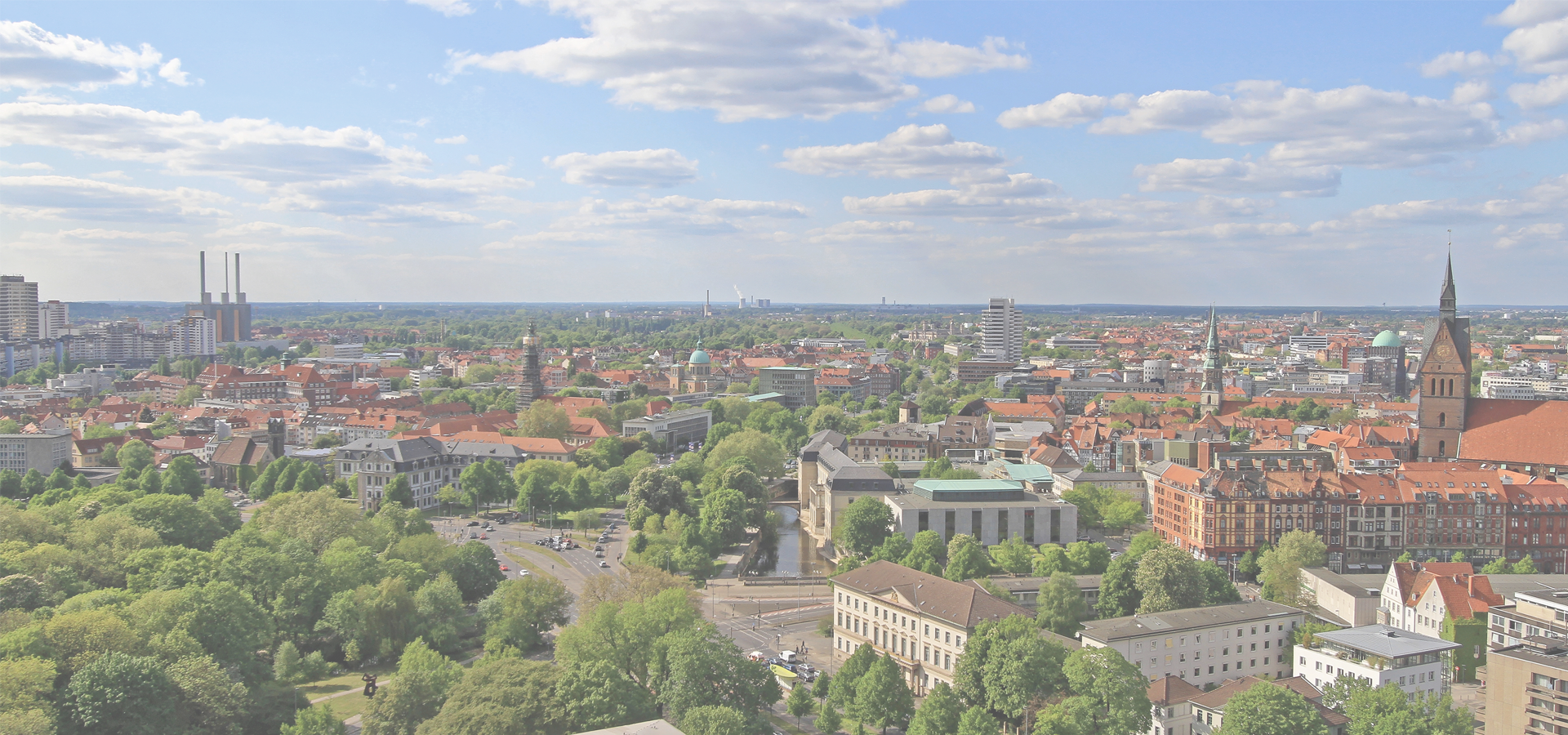Winsen (Luhe), Lower Saxony, Germany
🇩🇪 Winsen (Luhe) is the capital of the district of Harburg, in Lower Saxony, Germany. It is situated on the small river Luhe, near its confluence with the Elbe, approx. 25 km south-east of Hamburg, and 20 km north-west of Lüneburg.
History Winsen was first mentioned in a document of the Diocese of Verden in 1158. Winsen Castle, first mentioned in 1315, was built at a crossing over the Luhe to protect the harbor. At the beginning of the 15th century, the Church of Saint Mary was built.
In 1593, Dorothea of Denmark, widow of William the Younger, moved into Winsen Castle and lived there until her death in 1617. During this time, the Marstall (stables) was built. In the Thirty Years' War, Danes invaded the town and burned down about 25 houses.
On 1 May 1847, Winsen was connected to the Hanover–Hamburg railway of the Royal Hanoverian State Railways.
On 1 July 1972, thirteen previously independent villages, Bahlburg, Borstel, Gehrden, Hoopte, Laßrönne, Luhdorf, Pattensen, Rottorf, Roydorf, Sangenstedt, Scharmbeck, Stöckte and Tönnhausen, were incorporated into the town.
Winsen Castle Winsen Castle was first mentioned explicitly in 1315. Another document from 1277 indicates that the castle probably already existed at that time. The castle served long periods of its history as an administrative building and was the seat of Großvögte, Amtmänner and Landräte. Today, it is the seat of the Amtsgericht; therefore, the rooms are generally not open to the public. In 2008, an exhibition was opened in the castle tower.
Marstall The Marstall was originally used for horse and carriage. Although a timber-beam shows the year 1599, the year of construction is unknown. Today, the four-story half-timbered building contains the tourist information centre, the public library, the museum of local history and an event room. On the eastern gable, a modern carillon is installed.
Church of Saint Mary The construction of the late Gothic hall church started around 1415. The choir was covered in 1437, the nave in 1465. The church has only one side aisle and the vault of the nave never was finished. In the 1950s, the interior decoration was changed. The colorful windows were designed and produced by Claus Wallner between 1958 and 1966. The altarpiece, the baptismal font and the bronze pulpit plates were made by Fritz Fleer. Friedrich Meinecke, born in Winsen, created the statue of Luther. Like the 62-meter-high neo-Gothic bell tower, it was completed in 1899.
Blaufärberhaus The oldest still existing residential house is located in the Luhestraße. The Blaufärberhaus (blue-dyer's house) was built on the Luhe island immediately after the great town fire in 1585. The gable is richly decorated with Renaissance motifs. The building is not open to the public.
Saint George's Chapel Formerly outside the town, a leprosarium, the St. Georg foundation, was established in 1401. The chapel was first documented in 1445. The present hospital building was constructed in 1766, the chapel was built in 1750 and got its current appearance in 1903.
Further buildings Historic buildings of the old town are situated on the Luhe island, specifically in Deichstraße, Mühlenstraße, Luhestraße, and Kehrwieder.
The Alte Stadtschule (old town-school) was erected in Eckermannstraße in 1893 in historicism style. It is the oldest school in Winsen and nowadays a pure primary school. In the upper floor of the main building, there is a historic auditorium that is used for events. On the opposite side of the street, the gym of the MTV Winsen built in 1889 was located. It was destroyed to the ground in a fire in April 2016. The half-timbered building was the first gymnasium in Winsen.
The historic town hall was built in 1896. The former Amtsschreiberhaus ([scrivener]'s house) was mentioned in a document in 1714. The hotel "Zum Weißen Ross" already existed in 1684. It was the residence of Edwin von Manteuffel, commander of the Prussian Army in Austro-Prussian War, in 1866. The carefully restored Buchengasse, a connection between Rathausstraße and Plankenstraße, invites to linger. The ducal watermill was first mentioned in 1385 and moved to the southern end of the Luhe island (Mühlenstraße) in 1750. The brick-facade was added in 1940.
Europe/Berlin/Lower_Saxony

The Harburg District has a population of over 257,548 people.
To set up a UBI Lab for Winsen (Luhe) see: https://www.ubilabnetwork.org Twitter: https://twitter.com/UBILabNetwork